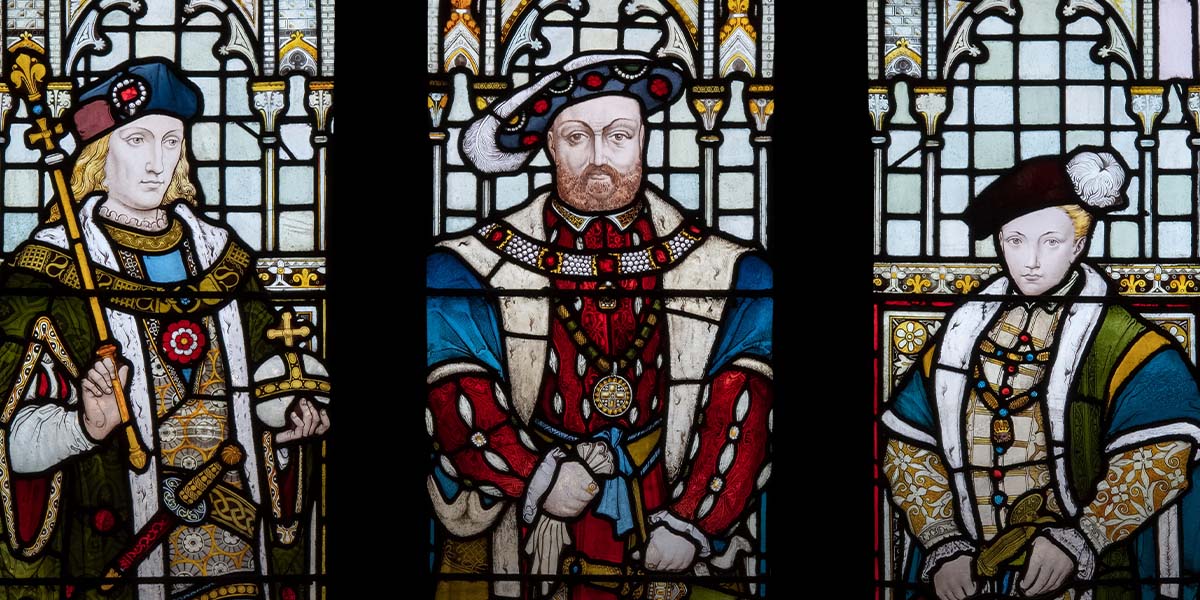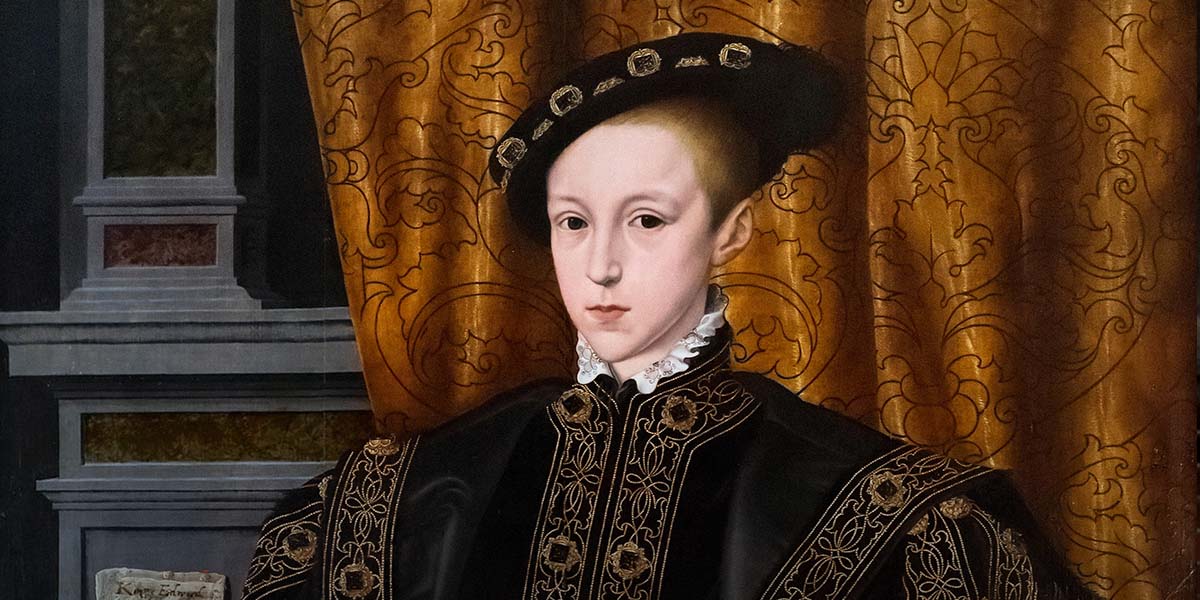The Seymour Unicorn was one of two unicorns included on the original Moat Bridge at Hampton Court Palace when Henry VIII first commissioned the Royal Beasts. Due to the loss of two pinnacles on the bridge, restoration took place in the early 1900s. Interestingly, before the fifteenth century, the unicorn was rarely used in heraldry. The unicorn is a proud mythical beast that represents purity and fertility.
It is thought that the reason Henry VIII chose the Seymour Unicorn as a heraldic beast for Jane Seymour was because of its association as a symbol of fertility. Henry VIII was still hoping for a male heir to secure the Tudor dynasty, and, up until his marriage with Jane Seymour, the king and his previous wives had suffered several miscarriages and stillbirths. Only two daughters had survived – Princess Mary from his marriage to Catherine of Aragon, and Princess Elizabeth from his marriage to Anne Boleyn.

In the sixteenth century, more value was placed on male heirs, as they inherited over female heirs. Traditionally, kings hoped to produce several male heirs in case the eldest son did not survive into adulthood. Henry VIII knew how important this was, as he was the second son of Henry VII. When his older brother Arthur died suddenly, Henry VIII became heir to the throne and was responsible for securing the Tudor bloodline.
Therefore, by the time Henry VIII married Jane Seymour in 1536, the pressure for a male heir was mounting on the monarch. Many believe that by choosing a unicorn as a heraldic beast for his new wife, the king was hoping that this symbol of fertility would finally help to conceive a male heir.

Luckily for Henry VIII, his third wife gave birth to a healthy son, the future Edward VI, at Hampton Court Palace. Sadly, Jane Seymour later died following birthing complications. She was often regarded as Henry VIII’s favourite wife, with the king often requesting that Jane Seymour was included in paintings even years after her death. Henry VIII finally had the male heir that he had desired, and Edward VI was crowned king after his death.
Edward VI was king for just over six years, with both of his sisters eventually succeeding him. Queen Mary I ruled for five years and Queen Elizabeth I ruled for an impressive 44 years, offering the English throne stability. Elizabeth I was the last Tudor monarch before James I of the House of Stuart succeeded the queen.
Be Inspired

© Historic Royal Palaces 2025 Produced under licence from Historic Royal Palaces Enterprises Limited
